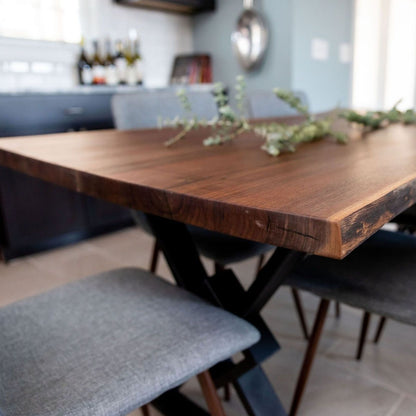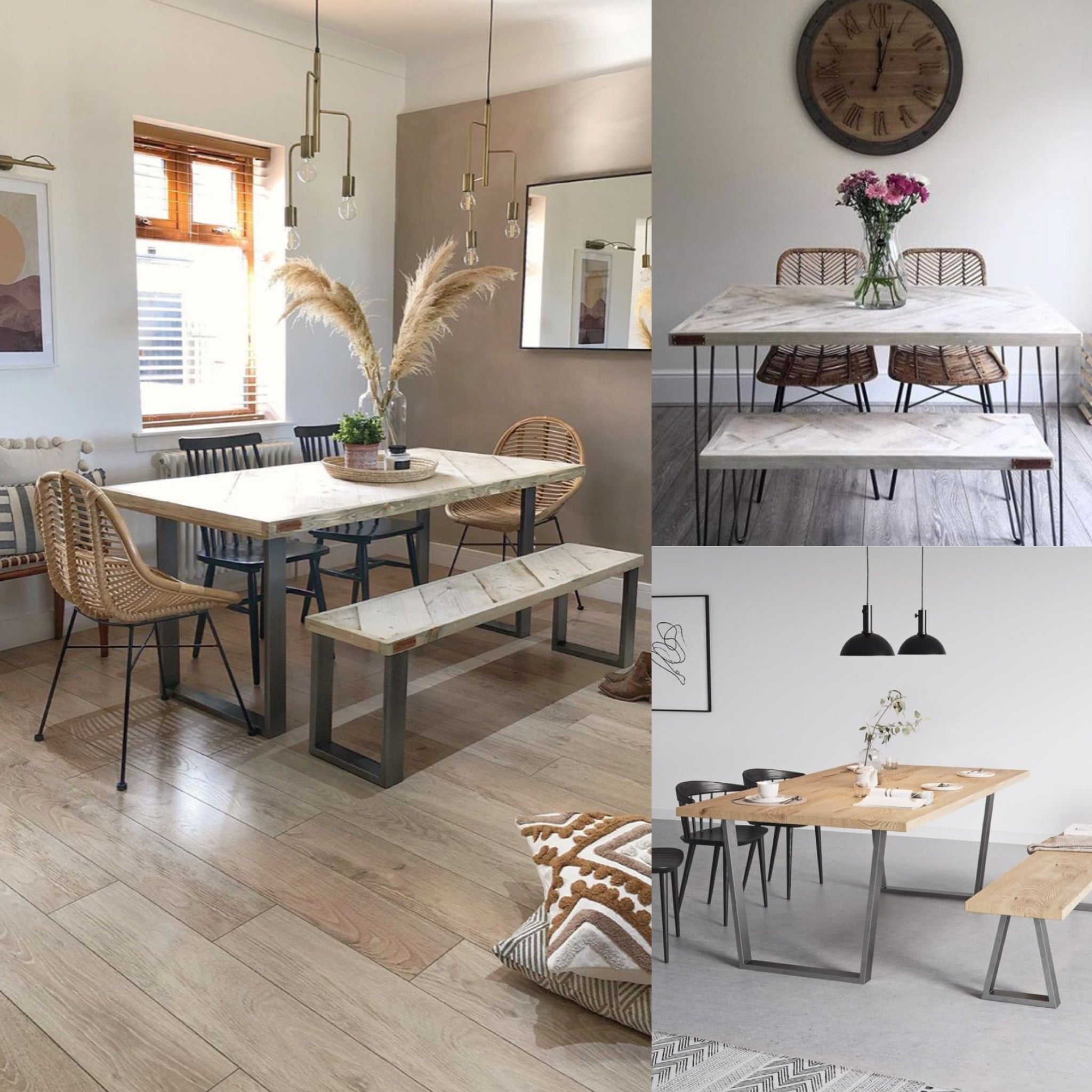How the Right Dining Room Table Legs Can Complete Your Dining Room Look
How the Right Dining Room Table Legs Can Complete Your Dining Room Look
Blog Article
From Standard to Modern: Locate the Perfect Dining-room Table Legs for Your Style
While traditional layouts such as cabriole and transformed legs stimulate a feeling of classic class, contemporary designs like barrette and geometric options offer an opportunity for striking aesthetic interest. As you consider these aspects, the question remains: just how can you flawlessly integrate these diverse leg styles to develop an unified eating experience?
Comprehending Table Leg Styles
The selection of eating area table leg designs can dramatically influence both the looks and capability of the space. Each leg style adds one-of-a-kind aesthetic aspects and practical features, catering to diverse style choices and usage requirements. Comprehending these styles is vital for picking the ideal dining table that lines up with your general interior decoration vision.
As an example, conical legs use a tidy, timeless appearance that can improve a room's elegance, while stand bases supply security and make the most of legroom, making them ideal for smaller rooms. Hairpin legs, a characteristic of mid-century contemporary design, present a commercial flair, permitting a ventilated, open feel. Trestle legs evoke rustic charm, giving robust support and a sense of eternity.
Additionally, the option of products plays a substantial role. Wooden legs can bring heat and texture, whereas steel choices frequently share a sleek, modern vibe. Ultimately, understanding table leg designs is necessary for creating a natural eating area that shows personal design while making sure practicality and convenience. By attentively taking into consideration these elements, you can enhance both the visual and practical charm of your eating area.
Conventional Table Leg Options
When selecting dining room table legs, standard choices often embody ageless sophistication and craftsmanship. These layouts reflect a rich heritage and a dedication to high quality, making them optimal for those who appreciate timeless aesthetic appeals.
One of the most renowned traditional leg designs is the cabriole leg, defined by its elegant rounded form. This style commonly features ornamental carvings and is most typically found in Queen Anne and Chippendale furnishings. An additional preferred choice is the turned leg, which boasts a collection of smooth, rounded forms that provide a timeless look while preserving stability.
Moreover, the straight leg, while easy, supplies a tough and unadorned structure that can mix perfectly with a range of tabletop designs. For those drawn to ornate describing, claw-and-ball feet legs evoke a feeling of splendour and can work as a magnificent prime focus in any type of eating room.
Finally, pedestal bases, although not strictly legs, supply an alternative traditional choice that enables ample legroom and can be beautifully carved. Each of these typical leg styles adds to the total ambiance of a dining-room, weding function with aesthetic charm.

Modern Table Leg Designs
Modern table leg styles provide a varied series of designs that emphasize ingenious products and tidy lines. These layouts typically focus on performance while functioning as striking prime focus within a dining area. Minimal looks are common, with legs crafted from products such as metal, glass, and engineered timber, which add to a airy and contemporary feel.
One preferred design is the barrette leg, defined by its slim, tapered framework that gives stability without overwhelming the tabletop (dining room table legs). This design is often discovered in mid-century contemporary furnishings and can effortlessly enhance numerous eating table shapes. An additional trend is using geometric shapes, where legs might take on asymmetrical or angular types, adding aesthetic interest and a touch of artistry

Blending Designs for Distinct Rooms
Typically, home owners look for to create one-of-a-kind dining spaces that reflect their personal style by blending different style components. This approach permits for the consolidation of varied appearances, resulting in an unified yet distinctive environment. For example, pairing a rustic wooden table with sleek, modern-day metal legs can develop an eye-catching comparison that raises the room's overall appeal.
In addition, incorporating vintage table legs with modern tabletops can stimulate a feeling of history while keeping a modern-day sensibility. Such combinations not just display private taste yet also encourage imagination, permitting property owners to curate an area that feels both personal and inviting.
Shade plays a crucial function in this mixing process; selecting table legs that complement or contrast with the existing shade system can boost aesthetic rate of interest. Whitewashed legs can soften the boldness of a dark table surface area, developing a balanced visual.
Tips for Selecting the Right Legs
Selecting the right table legs is important for attaining both capability and visual appeal in your dining space. Begin by thinking about the overall design of your room. Traditional setups gain from legs that feature intricate makings or turned styles, while modern areas may require sleek, minimal designs.
Next, examine the elevation and security of the legs. dining room table legs. Basic table vary in between 28 to 30 inches in elevation, so guarantee the legs match this measurement for convenience. Furthermore, durable materials, such as wood or steel, can enhance security and durability
Assess the leg shape also-- choices consist of directly, tapered, or pedestal layouts. Straight legs provide a timeless appearance, while tapered legs can include a touch of beauty. Pedestal bases offer adequate legroom and are optimal for smaller sized rooms.
Conclusion
In recap, selecting the perfect dining space table legs requires cautious factor to consider of both typical and modern-day designs. Conventional alternatives such as cabriole and transformed legs offer classic elegance, while contemporary designs like hairpin and geometric shapes provide a contemporary touch. By integrating leg design, elevation, and product with the general decor, a cohesive and welcoming environment can be attained. Inevitably, you could try here the selected table legs need to show the desired aesthetic, enhancing the eating experience within the room.
The selection of eating area table leg styles can significantly affect both the appearances and functionality of the area. Ultimately, comprehending table leg designs is important for producing a natural eating area that mirrors individual style while making sure practicality and convenience.One of the most legendary conventional leg designs is the cabriole leg, defined by its graceful curved shape. Straight legs provide a traditional appearance, while conical legs can include a touch of style.In summary, picking the perfect dining room table legs needs careful factor to consider of both typical and contemporary styles.
Report this page